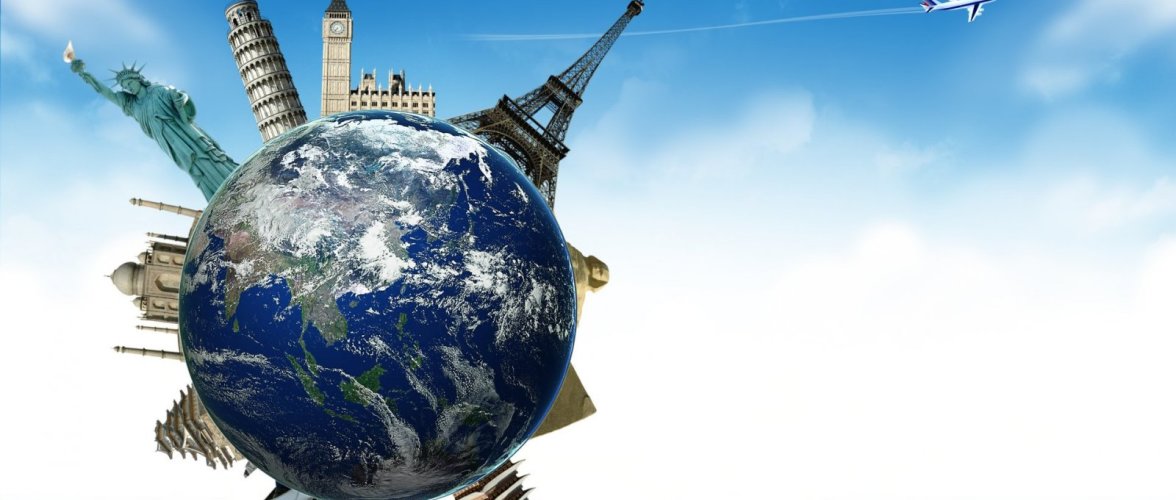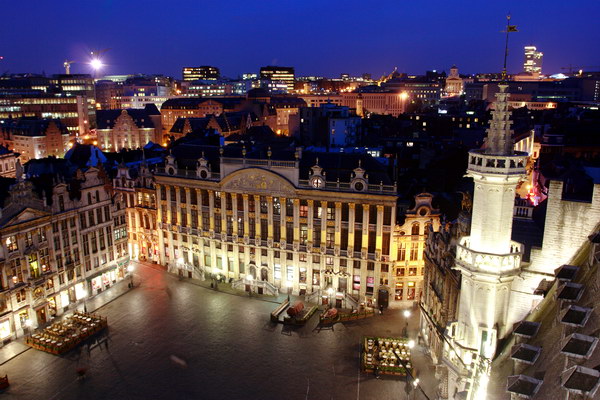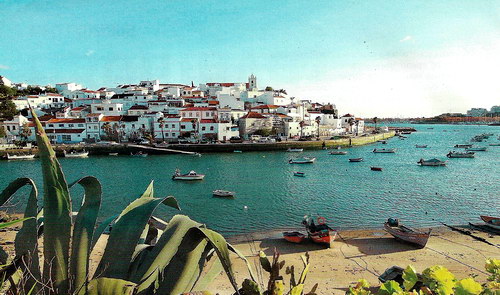Geography of tourism for recreation and entertainment
 Features of the geography of tourism for the purpose of recreation and entertainment. Tourist flows for the purpose of recreation and entertainment are the most widespread and determine the geographical structure of international tourism in general. They originate in the countries of Europe, North America, and the Asia-Pacific region and at the same time suffer from them.
Features of the geography of tourism for the purpose of recreation and entertainment. Tourist flows for the purpose of recreation and entertainment are the most widespread and determine the geographical structure of international tourism in general. They originate in the countries of Europe, North America, and the Asia-Pacific region and at the same time suffer from them.
An important feature of tourism for the purpose of recreation and entertainment is that intra-regional trips, mainly to neighboring countries, prevail over inter-regional ones. During the 90s, their ratio in the outbound tourist flow did not change and was 82:18. In Europe, intraregional tourist flows account for up to 90% of all departures, in America and the Asia-Pacific region up to 75%. Only in South Asia, inter-regional trips dominate in outbound tourism.
According to the forecasts of the WTO, at the beginning of the third millennium, the ratio of intra-and inter-regional tourist flows in the world will change somewhat. Tourist exchanges between regions will develop more intensively than within regions. Relatively high rates of growth in the number of tourist departures from the Asia-Pacific region to Europe and America are predicted, which will largely determine the overall picture. As a result, the share of inter-regional tourist trips will increase by 2020 to 24%, while the share of intra-regional trips will correspondingly decrease to 76%.
In addition to the dominant role of intraregional exchanges, two more features of international tourism with the purpose of recreation and entertainment should be highlighted. One of them is the meridional orientation of tourist flows. Tourists from the northern countries prefer to relax on the shores of warm seas.
Americans and Canadians are the main visitors to the resorts of the wounds of the Caribbean region. In Europe, bathing and beach tourism is concentrated in the Mediterranean. Here spend holidays Norwegians, Danes, Finns, Swedes, Irish.
Recently, the expansion of oncoming tourist flows from south to north has been observed. The growing attractiveness of Northern Europe as a tourist destination is largely due to the devaluation of the currencies of a number of Scandinavian countries, as well as the reputation of safe countries with a well-preserved natural environment.
In Norway, a well-thought-out advertising campaign during the Olympic Games in Lillehammer began to bear fruit in the form of a constant increase in tourist arrivals. In Finland and Sweden, against the background of the reduction of overnight stays of tourists from Germany, one of the main tourism markets for the Nordic countries, the number of overnight stays of tourists from Spain is growing. Iceland, the least mastered tourist country in Northern Europe, has also entered the sharpest competition for the international travel market. To attract visitors in 1996, she proposed 40 new routes, including trips for whale watching. The number of tourists who want to see these giant marine mammals in natural conditions is increasing rapidly, from 1991 to 1996, an average of 147% per year.
Finally, the exchange of tourists between the former metropolises and their colonies develops, with the former clearly dominating. The absence of a language barrier and the strengthening of traditional ties, primarily in the economic and cultural spheres, are important prerequisites for the expansion of tourist relations between them. Exotic – fabulous, captivating beauty of nature, originality and originality of the local culture – this is what attracts Europeans to such remote areas. The British and the Netherlands, the Spaniards and the Portuguese are driven by an interest in the historical past and present of the former colonies.
In 1996, every third European entering the African continent was French. Most of them preferred to rest in Morocco and Tunisia – in the past French protectorates.
This feature of the spatial distribution of tourist flows is manifested not only in the African continent. In South Asia, the share of tourist arrivals from the UK is twice as high as from other European countries. The overwhelming part of them falls on the former British colonies – India and Sri Lanka.
Tourism for recreation and entertainment in Europe. The largest tourism market for the purpose of recreation and entertainment has developed in Europe. Two of its subregions, Western and Southern, stand out in particular. They account for over 60% of all tourist arrivals in the region. Here are formed the main European tourist flows, and here they are sent. According to the WTO, the share of intraregional travel in the inbound tourist flow to Europe is slightly lower than in the outbound. The values of these shares do not coincide in other tourist regions.
The intraregional nature of tourism in Europe is more pronounced than in other regions of the world. A large number of countries in a relatively small area, between which there are close economic, cultural and ethnic ties, an excellent network of land transport communications, simplifying tourist formalities with a large variety of natural recreational resources and cultural and historical attractions.



